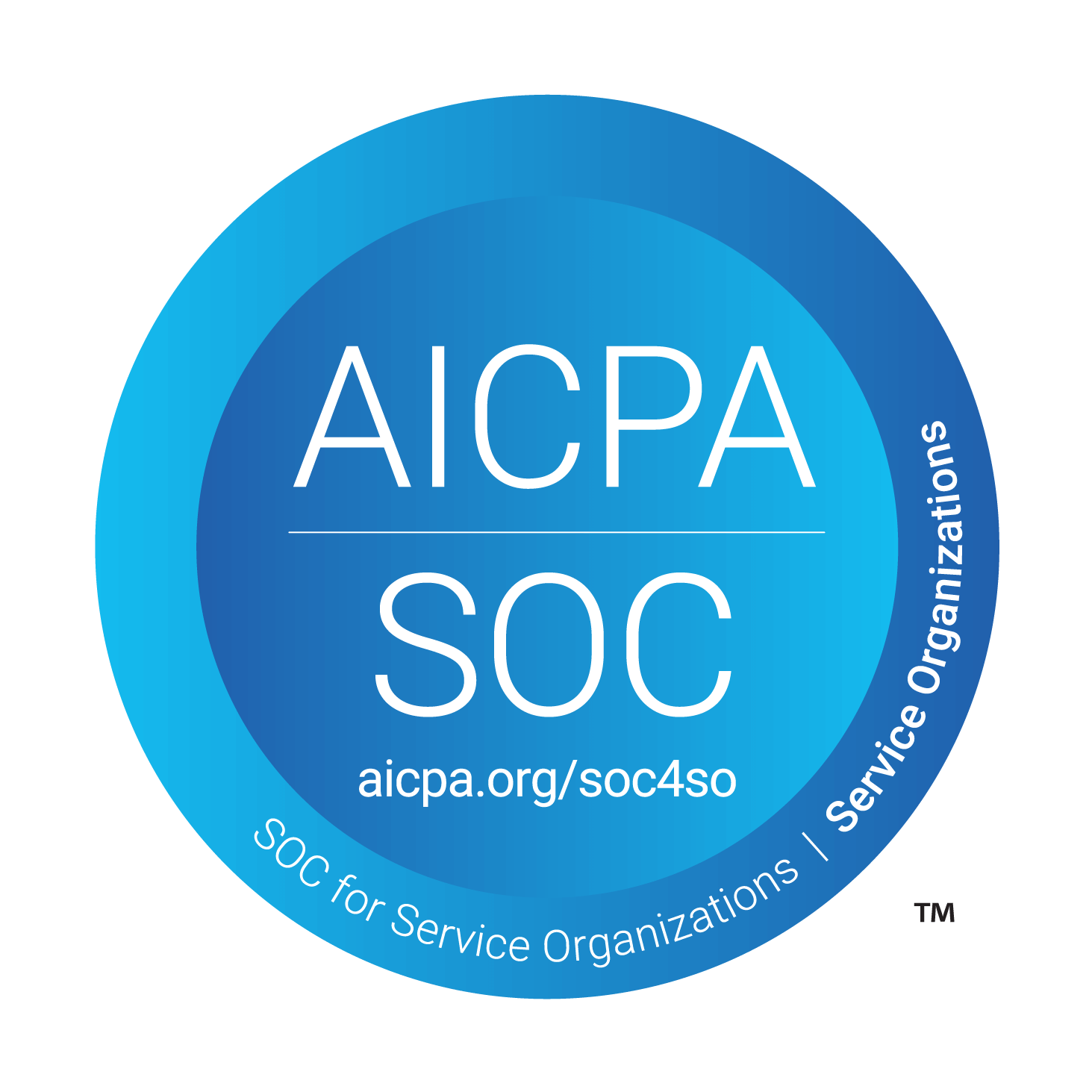How To Increase Usage Of Your Customer Community Environment?
Jun 4, 2024

Olivier van den Hoogen
Co-founder Turf
Intro
You have launched a customer community environment for your company’s product or services, started creating content for it, and announced it to your customer base, but usage and adoption is lacking.
What are the benefits of an engaged customer community?
Customer community initiatives at software companies are meant to do two things: reduce support costs and lower customer churn rates. Wether you are just looking to give customers another engagement touchpoint, provide additional resources, improve your customer experience, or increase customer satisfaction - in the end an engaged customer community will reduce support costs and lower customer churn rates.
Just like with any other customer self service module out there, a customer community initiative will only provide the benefits of less support costs and lower customer churn rates if your customers are active and engaged in the community environment. The more active and engaged your customers are in your community, the more it will benefit you in terms of reduced support costs and lowered customer churn rates.
How to increase usage of your customer community environment?
So, your community initiative is live, but you are having a hard time to get your customers to adopt it and stay engaged in the community. Here is how you can increase usage and engagement in your customer community environment:
Centralize all your other customer facing modules in the same environment:
By centralizing all your customer facing modules and customer interaction moments in one single environment, your customers will have to go to that environment for any action or interaction that they want to perform. The moment they do so, they will automatically be exposed to all the other modules located there. This increases usage of each individual module being centralized in that same environment, including your customer community forums.Make your community environment accessible from inside your software application:
Your customers want to be active and participate in your community most when they are using your software product in real time or when they have just used it. This means that you should make accessing your community as easy as possibly when your customers are using your software product. By integrating your community environment inside your software application, you can low the barrier to entry and significantly increase community engagement and usage.Get super users to comment on unanswered posts, instead of community managers:
Instead of replying to unanswered community posts yourself (as the community manager or company rep), reach out to your super users and ask them to do it for you. When community managers are consistently replying to unanswered posts, it sets an expectation that this will always be the case and customers will start seeing it as a direct support channel. Customers will become less eager to reply to other peoples posts and it will become harder and harder to cultivate real community engagement.Enable the conversation to be about more than just your product:
Create another incentive for your customers to consistently come back to your community, by pushing the conversation to be about more than just your product. Trigger community members to talk about generic topics related to the niche that your company operates in. Allow them to discuss best practices, industry related news, and more. This will not only allow you to engage existing customers, but also attracts new potential customers that will discover your community and therefore your company and its products. Enable this by creating and posting industry related content, as the community manager or company rep.Enable custom SSO so customers can seamlessly participate in your community:
Make sure your customers can be active and participate in your community without having to create any third party accounts. Your customers should be able to go from inside your software to your community environment as seamlessly as possible. Obviously you will have some sort of user level identification in your community environment. This means that you will have to set up a custom SSO so users can use the credentials that they use for your software, to access the community. Also, if they directly come from your software they will be able to be logged in automatically without experiencing any authentication flows at all. This is key in cultivating community adoption and engagement. The more friction and potential drop off points in the flow of trying to get to the community, the lower your community activity and engagement will be. Log in and sign up flows are one of the biggest barriers in community adoption and engagement. Making sure your customers can seamlessly participate in your community can significantly increase community usage.
Conclusion
All in all, a customer community initiative is only worth it if you are able to get your customers to participate and consistently engage with the community environment. Implement these 5 strategies and start increasing your community engagement and usage.
Turf is a customer community platform dedicated to increasing the engagement and activity in your community. It allows you to easily centralize all your other customer facing modules inside your community environment, integrate your community environment inside your software application, setup custom SSO, and much more.
Claim your 14-day free trial here and try it out now. You can launch your customer community environment with one click of a button!





